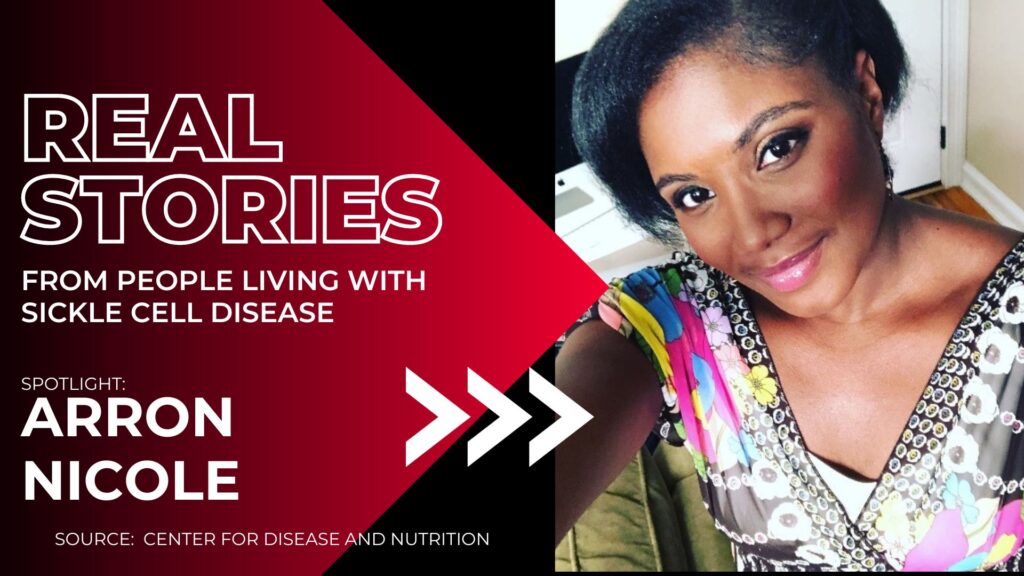Real Stories from People Living with Sickle Cell Disease: Mikeia Green

Mikeia Green’s Story
“I knew there were a lot of things I could do to help myself stay healthy. I didn’t want to end up in the hospital and miss class,” said Mikeia Green about her experience managing sickle cell disease (SCD) in college. She was born with SCD, which is an inherited blood disease, which means it can run in families. SCD causes abnormal, “sickle” shaped red blood cells that stick together and block blood flow in the body, limiting the amount of oxygen reaching the body’s organs. People with SCD can have frequent pain (when it’s severe, it is called a pain crisis), infection, and other health problems. Today, Mikeia, 23, is a recent college graduate working at a psychiatric office in California.
Growing up, Mikeia’s mother took care of her so as to keep her healthy with SCD. She took Mikeia to every doctor’s appointment, created an emergency plan, and watched for Mikeia’s “triggers.” These “triggers,” such as stress, dehydration, and extreme temperatures, can lead to mild to severe pain crises. “She knew me very well. She paid attention to my triggers – managing stress, drinking enough water, and making sure I didn’t overexert myself.”
When Mikeia left her home in Arizona to attend college in California, it was the first time she was away from her mother. “That’s when I had to learn how to speak up for myself and learn how to make appointments by myself. I had to schedule doctor appointments between classes and figure out which friends I wanted to tell about my illness, in case something happened, and to whom I wanted to give my mom’s phone number if I didn’t feel good. I had to have a conversation about sickle cell with my residential advisor (RA), and I also had to reach out to the student wellness center because they offer certain services for students with disabilities.”
Mikeia reached out to the Sickle Cell Disease Foundation in California (SCDFC) for support and resources to help her find a doctor. She also connected with a social worker from the Children’s Hospital of Los Angeles to help her transition from her previous pediatric care to an adult care specialist.
While in college, Mikeia never let her SCD condition limit what she could accomplish. She was involved in a variety of service and cultural organizations, tutored students, held a work-study job, and made time for the gym to stay healthy. “I had to learn how to be responsible in terms of my education and learn how to be responsible for my health.”
During Mikeia’s four years in college, she sometimes experienced pain, but the only episode of a severe pain crisis happened during her freshman year. Fortunately, Mikeia did not have to visit the emergency department. She talked to her RA and sought help to manage the episode in her dorm room.
Mikeia recommends that students with SCD find what services are available to them on campus. “There are always some type of wellness or disability resources available,” said Mikeia. She got a single-occupancy room for four years, was able to choose her classes early, and was given opportunities to make up exams she missed when pain or other health problems made it difficult to concentrate. These accommodations helped her to manage her condition while being a typical college student.
When asked to share advice for students with SCD, Mikeia said, “Don’t ever look at your disease as a hindrance. You are more than capable of going to college and being successful. You just have to know yourself and pay attention to your health because you won’t be able to do that unless you’re at your best – health-wise.”
Learn tips for healthy living with SCD.
For more information on SCD, visit www.cdc.gov/ncbddd/sicklecell.






Responses